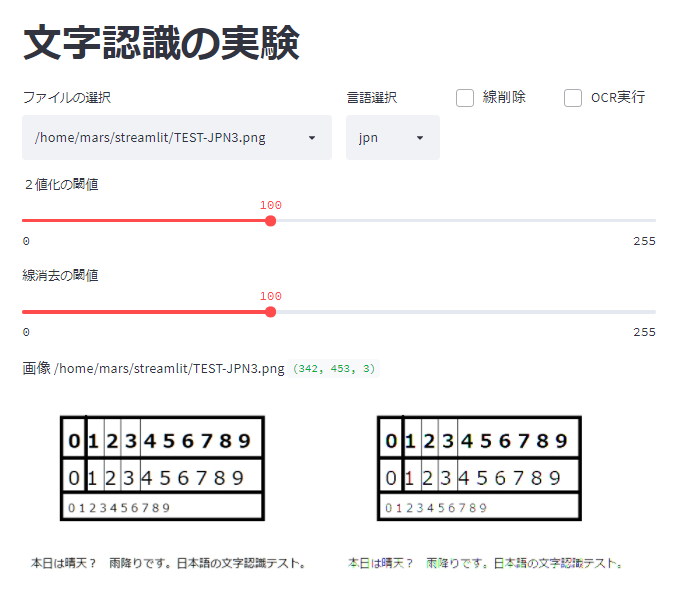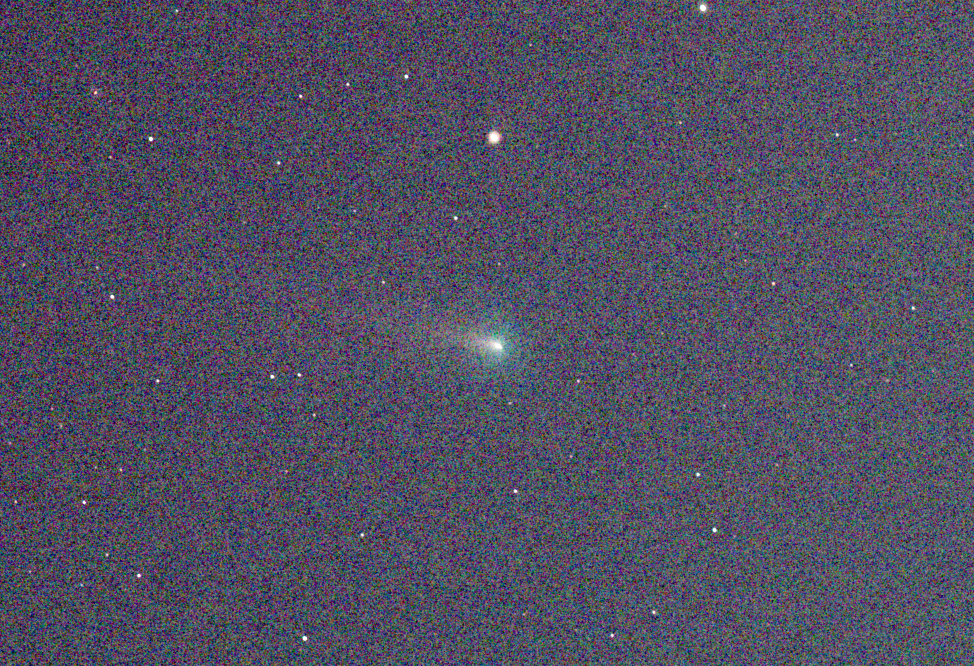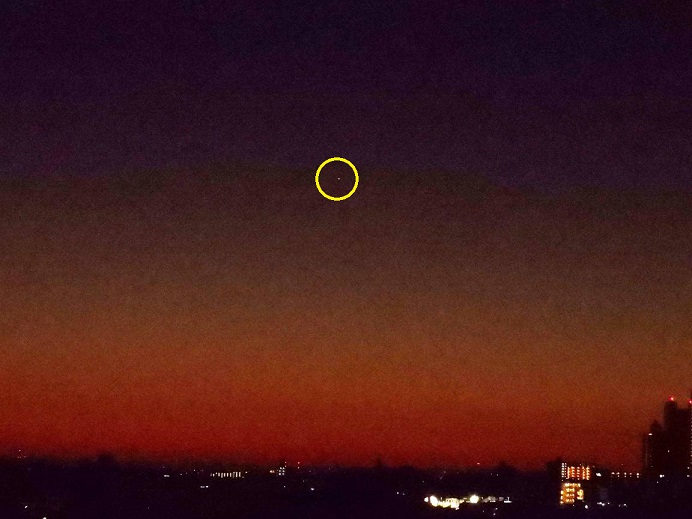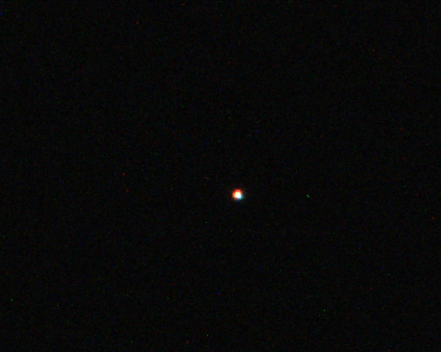['ALPHA_ATOP',
'ALPHA_ATOP_PREMUL',
'ALPHA_IN',
'ALPHA_IN_PREMUL',
'ALPHA_OUT',
'ALPHA_OUT_PREMUL',
'ALPHA_OVER',
'ALPHA_OVER_PREMUL',
'ALPHA_PLUS',
'ALPHA_PLUS_PREMUL',
'ALPHA_PREMUL',
'ALPHA_XOR',
'ALPHA_XOR_PREMUL',
'BroxOpticalFlow_create',
'COLOR_BAYER_BG2BGR_MHT',
'COLOR_BAYER_BG2GRAY_MHT',
'COLOR_BAYER_BG2RGB_MHT',
'COLOR_BAYER_GB2BGR_MHT',
'COLOR_BAYER_GB2GRAY_MHT',
'COLOR_BAYER_GB2RGB_MHT',
'COLOR_BAYER_GR2BGR_MHT',
'COLOR_BAYER_GR2GRAY_MHT',
'COLOR_BAYER_GR2RGB_MHT',
'COLOR_BAYER_RG2BGR_MHT',
'COLOR_BAYER_RG2GRAY_MHT',
'COLOR_BAYER_RG2RGB_MHT',
'COLOR_BayerBG2BGR_MHT',
'COLOR_BayerBG2GRAY_MHT',
'COLOR_BayerBG2RGB_MHT',
'COLOR_BayerGB2BGR_MHT',
'COLOR_BayerGB2GRAY_MHT',
'COLOR_BayerGB2RGB_MHT',
'COLOR_BayerGR2BGR_MHT',
'COLOR_BayerGR2GRAY_MHT',
'COLOR_BayerGR2RGB_MHT',
'COLOR_BayerRG2BGR_MHT',
'COLOR_BayerRG2GRAY_MHT',
'COLOR_BayerRG2RGB_MHT',
'CascadeClassifier_create',
'DEVICE_INFO_COMPUTE_MODE_DEFAULT',
'DEVICE_INFO_COMPUTE_MODE_EXCLUSIVE',
'DEVICE_INFO_COMPUTE_MODE_EXCLUSIVE_PROCESS',
'DEVICE_INFO_COMPUTE_MODE_PROHIBITED',
'DYNAMIC_PARALLELISM',
'DensePyrLKOpticalFlow_create',
'DescriptorMatcher_createBFMatcher',
'DeviceInfo_ComputeModeDefault',
'DeviceInfo_ComputeModeExclusive',
'DeviceInfo_ComputeModeExclusiveProcess',
'DeviceInfo_ComputeModeProhibited',
'EVENT_BLOCKING_SYNC',
'EVENT_DEFAULT',
'EVENT_DISABLE_TIMING',
'EVENT_INTERPROCESS',
'Event_BLOCKING_SYNC',
'Event_DEFAULT',
'Event_DISABLE_TIMING',
'Event_INTERPROCESS',
'Event_elapsedTime',
'FEATURE_SET_COMPUTE_10',
'FEATURE_SET_COMPUTE_11',
'FEATURE_SET_COMPUTE_12',
'FEATURE_SET_COMPUTE_13',
'FEATURE_SET_COMPUTE_20',
'FEATURE_SET_COMPUTE_21',
'FEATURE_SET_COMPUTE_30',
'FEATURE_SET_COMPUTE_32',
'FEATURE_SET_COMPUTE_35',
'FEATURE_SET_COMPUTE_50',
'FarnebackOpticalFlow_create',
'FastFeatureDetector_create',
'GLOBAL_ATOMICS',
'GpuMat_defaultAllocator',
'GpuMat_setDefaultAllocator',
'HOG_create',
'HOST_MEM_PAGE_LOCKED',
'HOST_MEM_SHARED',
'HOST_MEM_WRITE_COMBINED',
'HostMem_PAGE_LOCKED',
'HostMem_SHARED',
'HostMem_WRITE_COMBINED',
'NATIVE_DOUBLE',
'NVIDIA_OPTICAL_FLOW_1_0_NV_OF_PERF_LEVEL_FAST',
'NVIDIA_OPTICAL_FLOW_1_0_NV_OF_PERF_LEVEL_MAX',
'NVIDIA_OPTICAL_FLOW_1_0_NV_OF_PERF_LEVEL_MEDIUM',
'NVIDIA_OPTICAL_FLOW_1_0_NV_OF_PERF_LEVEL_SLOW',
'NVIDIA_OPTICAL_FLOW_1_0_NV_OF_PERF_LEVEL_UNDEFINED',
'NvidiaOpticalFlow_1_0_NV_OF_PERF_LEVEL_FAST',
'NvidiaOpticalFlow_1_0_NV_OF_PERF_LEVEL_MAX',
'NvidiaOpticalFlow_1_0_NV_OF_PERF_LEVEL_MEDIUM',
'NvidiaOpticalFlow_1_0_NV_OF_PERF_LEVEL_SLOW',
'NvidiaOpticalFlow_1_0_NV_OF_PERF_LEVEL_UNDEFINED',
'NvidiaOpticalFlow_1_0_create',
'ORB_create',
'OpticalFlowDual_TVL1_create',
'SHARED_ATOMICS',
'SURF_CUDA_ANGLE_ROW',
'SURF_CUDA_HESSIAN_ROW',
'SURF_CUDA_LAPLACIAN_ROW',
'SURF_CUDA_OCTAVE_ROW',
'SURF_CUDA_ROWS_COUNT',
'SURF_CUDA_SIZE_ROW',
'SURF_CUDA_X_ROW',
'SURF_CUDA_Y_ROW',
'SparsePyrLKOpticalFlow_create',
'StereoBeliefPropagation_estimateRecommendedParams',
'StereoConstantSpaceBP_estimateRecommendedParams',
'Stream_Null',
'TargetArchs_has',
'TargetArchs_hasBin',
'TargetArchs_hasEqualOrGreater',
'TargetArchs_hasEqualOrGreaterBin',
'TargetArchs_hasEqualOrGreaterPtx',
'TargetArchs_hasEqualOrLessPtx',
'TargetArchs_hasPtx',
'WARP_SHUFFLE_FUNCTIONS',
'__doc__',
'__loader__',
'__name__',
'__package__',
'__spec__',
'abs',
'absSum',
'absdiff',
'add',
'addWeighted',
'alphaComp',
'bilateralFilter',
'bitwise_and',
'bitwise_not',
'bitwise_or',
'bitwise_xor',
'blendLinear',
'buildWarpAffineMaps',
'buildWarpPerspectiveMaps',
'calcAbsSum',
'calcHist',
'calcNorm',
'calcNormDiff',
'calcSqrSum',
'calcSum',
'cartToPolar',
'compare',
'copyMakeBorder',
'countNonZero',
'createBackgroundSubtractorMOG',
'createBackgroundSubtractorMOG2',
'createBoxFilter',
'createBoxMaxFilter',
'createBoxMinFilter',
'createCLAHE',
'createCannyEdgeDetector',
'createColumnSumFilter',
'createContinuous',
'createConvolution',
'createDFT',
'createDerivFilter',
'createDisparityBilateralFilter',
'createGaussianFilter',
'createGeneralizedHoughBallard',
'createGeneralizedHoughGuil',
'createGoodFeaturesToTrackDetector',
'createHarrisCorner',
'createHoughCirclesDetector',
'createHoughLinesDetector',
'createHoughSegmentDetector',
'createLaplacianFilter',
'createLinearFilter',
'createLookUpTable',
'createMedianFilter',
'createMinEigenValCorner',
'createMorphologyFilter',
'createRowSumFilter',
'createScharrFilter',
'createSeparableLinearFilter',
'createSobelFilter',
'createStereoBM',
'createStereoBeliefPropagation',
'createStereoConstantSpaceBP',
'createTemplateMatching',
'cvtColor',
'demosaicing',
'dft',
'divide',
'drawColorDisp',
'ensureSizeIsEnough',
'equalizeHist',
'evenLevels',
'exp',
'findMinMax',
'findMinMaxLoc',
'flip',
'gammaCorrection',
'gemm',
'getCudaEnabledDeviceCount',
'getDevice',
'histEven',
'histRange',
'integral',
'log',
'magnitude',
'magnitudeSqr',
'max',
'meanShiftFiltering',
'meanShiftProc',
'meanShiftSegmentation',
'meanStdDev',
'merge',
'min',
'minMax',
'minMaxLoc',
'mulAndScaleSpectrums',
'mulSpectrums',
'multiply',
'norm',
'normalize',
'phase',
'polarToCart',
'pow',
'printCudaDeviceInfo',
'printShortCudaDeviceInfo',
'pyrDown',
'pyrUp',
'rectStdDev',
'reduce',
'registerPageLocked',
'remap',
'reprojectImageTo3D',
'resetDevice',
'resize',
'rotate',
'setBufferPoolConfig',
'setBufferPoolUsage',
'setDevice',
'split',
'sqr',
'sqrIntegral',
'sqrSum',
'sqrt',
'subtract',
'sum',
'threshold',
'transpose',
'unregisterPageLocked',
'warpAffine',
'warpPerspective']













